Does the certificate of personal income tax withholding contain the taxpayer's TIN in Vietnam?
Is a buyer being a business establishment with a TIN written on the invoice as same as those written on the certificate of enterprise registration in Vietnam?
Based on clauses 5 and 13, Article 10 of Decree 123/2020ND-CP on invoice contents as follows:
Contents of invoices
...
5. Name, address, and TIN of the buyer
a) In the case where the buyer is a business establishment with a TIN, the name, address, and TIN of the buyer displayed on the invoice must be recorded in accordance with the enterprise registration certificate, the branch operation registration certificate, the business household registration certificate, the taxpayer registration certificate, the TIN notification, the investment registration certificate, or the cooperative registration certificate.
In cases where the buyer's name or address is too long, the seller may abbreviate certain common nouns on the invoice such as "Phường" to "P"; "Quận" to "Q", "Thành phố" to "TP", "Việt Nam" to "VN", or "Cổ phần" to "CP", "Trách nhiệm Hữu hạn" to "TNHH", "khu công nghiệp" to "KCN", "sản xuất" to "SX", "Chi nhánh" to "CN"… but must ensure the full house number, street name, ward, commune, district, city, accurately identify the enterprise's name and address, and be consistent with the business registration and taxpayer registration of the enterprise.
[...]
13. Writing, numbers, and currency displayed on invoices
a) The language displayed on invoices is Vietnamese. In cases where it is necessary to include a foreign language, the foreign language must be placed to the right within parentheses ( ) or placed immediately below the Vietnamese line with a smaller font size than the Vietnamese text. In cases where the text on the invoice is in non-accented Vietnamese characters, non-accented characters on the invoice must ensure no misleading interpretation of the invoice content.
Thus, according to the regulations, if the buyer is a business establishment with a TIN, the invoice must record details in accordance with the enterprise registration certificate.

Does the certificate of personal income tax withholding contain the taxpayer's TIN in Vietnam? (Image from the Internet)
Does the certificate of personal income tax withholding contain the taxpayer's TIN in Vietnam?
According to Article 32 of Decree 123/2020ND-CP regulations are as follows:
Contents of records
1. Tax certificates of personal income tax withholding include the following contents:
a) Name of certificate of personal income tax withholding, form code of certificate of personal income tax withholding, serial number of certificate of personal income tax withholding;
b) Name, address, TIN of the payer;
c) Name, address, TIN of the taxpayer (if the taxpayer has a TIN);
d) Nationality (if the taxpayer is not of Vietnamese nationality);
dd) Income amount, time of income payment, total taxable income, taxes withheld, and net income;
e) Day, month, year of preparing the certificate of personal income tax withholding;
g) Full name and signature of the income payer.
In cases of using e-tax certificates of personal income tax withholding, the signature on the e-record is a digital signature.
2. Receipt
a) Type of receipt: Receipt for tax, fees, and charges not pre-printed with a face value; receipt with a pre-printed face value; receipt for tax, fees, and charges.
b) Form code of receipt and receipt sign.
Form code of the receipt conveys the type of receipt, receipt series, and serial number of the product within a type of receipt (one type of receipt may have multiple forms).
Receipt sign is the distinguishing marker by a system of Vietnamese letters and the last two digits of the year.
For printed receipts, the last two digits of the year are the year printed on the receipts. For self-printed and e-receipts, the last two digits of the year are the year the receipt is started according to the issuance notice or the year the receipt is printed.
c) Receipt number is the sequential number displayed on the tax, fee, and charge receipt. The receipt number is recorded using Arabic numerals with a maximum of 7 digits. For self-printed and printed receipts, the receipt number starts from 0000001. For e-receipts, the receipt number begins from 1 on January 1 or the date the e-receipt is first used and ends on December 31 each year.
d) Parts of the receipt (applied to printed and self-printed receipts) are the number of pages within a receipt number. Each receipt number must have 02 parts or more, wherein:
- Part 1: kept by the collecting organization;
- Part 2: handed to the taxpayer, fees, and charges payer;
Additional parts from the third onward are named according to specific management use as prescribed by law.
dd) Name, tax identification number of the organization collecting taxes, fees, and charges.
e) Name of items collected for taxes, fees, charges, and the amount written in numbers and words.
g) Day, month, year of preparing the receipt.
h) Signature of the cashier. In cases of using e-receipts, the signature on the e-receipt is a digital signature.
i) Name, tax identification number of the organization printing receipts (in the case of printed receipts).
k) The receipt is displayed in Vietnamese. In cases where it is necessary to add a foreign language, the additional foreign language should be placed on the right within brackets "( )" or placed immediately below the line written in Vietnamese with a smaller font size than the Vietnamese text.
Numbers recorded on receipts are natural numbers 0, 1, 2, 3, 4, 5, 6, 7, 8, 9.
The currency on the receipt is Vietnamese dong. In cases where amounts payable to the state budget as prescribed by law are specified in foreign currency, payment may be made in foreign currency or in Vietnamese dong based on conversion from foreign currency to Vietnamese dong according to the exchange rate prescribed in clause 4, Article 3 of Decree No. 120/2016/ND-CP dated August 23, 2016, of the Government of Vietnam detailing and guiding the implementation of some provisions of the Law on Fees and Charges.
In cases where fees and charges include more items than the number of lines on a receipt, an additional list may be attached to the receipt. The list is designed by the fee- and charge-collecting organization to fit the characteristics of each type of fee and charge. The list must clearly state “attached to receipt number... day... month... year.”
For fee and charge-collecting organizations using e-receipts, in cases where some criteria on the e-receipt need adjusting to fit the actual situation, the fee and charge-collecting organization should exchange in writing with the Ministry of Finance (General Department of Taxation) for review and guidance before implementation.
Besides the mandatory information as specified in this clause, the fee and charge-collecting organization may add other information, including logos, decorative images, or advertisements that comply with legal provisions and do not obscure or blur the mandatory information on the receipt. The font size of the added information should not be larger than the font size of the mandatory information on the receipt.
3. The display form of e-records is guided by clause 10, Article 4 of Decree No. 11/2020/ND-CP dated January 20, 2020, of the Government of Vietnam on administrative procedures in the field of State Treasury and guiding records.
Thus, according to the regulations, the content of tax certificates of personal income tax withholding must include the taxpayer's TIN.
What are the regulations regarding the format of e-records in Vietnam?
According to Article 33 of Decree 123/2020ND-CP, the regulations are as follows:
- Format of e-receipts:
The types of receipts specified at point b, clause 1, Article 30 of Decree 123/2020ND-CP must follow the format below:
+ The format of e-receipts uses XML (eXtensible Markup Language) created for the purpose of sharing e-data between information technology systems;
+ The format of e-receipts consists of two components: a component containing the business data of e-receipts and a component containing digital signature data;
+ The General Department of Taxation develops and publishes the business data component of e-receipts, the digital signature data component, and provides tools for displaying the contents of e-receipts as prescribed in this Decree.
- Format of e-records for withholding personal income tax:
Organizations withholding personal income tax when using records as specified at point a, clause 1, Article 30 of Decree 123/2020ND-CP in e-form must build their software systems to use e-records ensuring the mandatory contents as specified in clause 1, Article 32 of Decree 123/2020ND-CP.
- e-records, e-receipts must fully and accurately display the content of records to ensure no misinterpretation, enabling users to read through e-means.
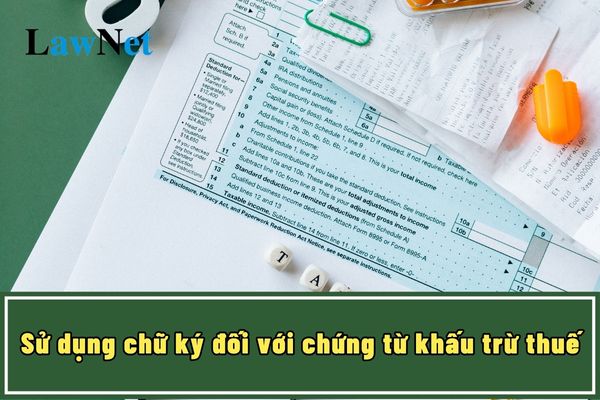



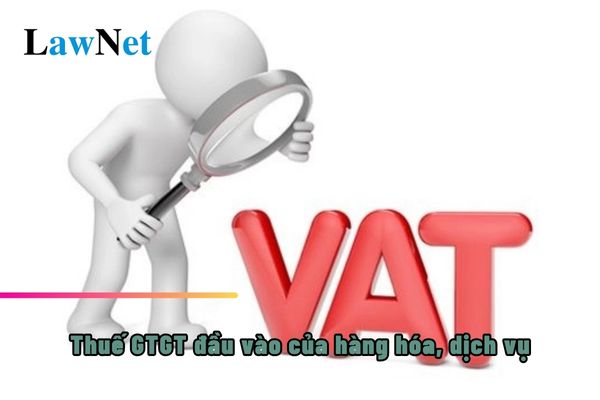

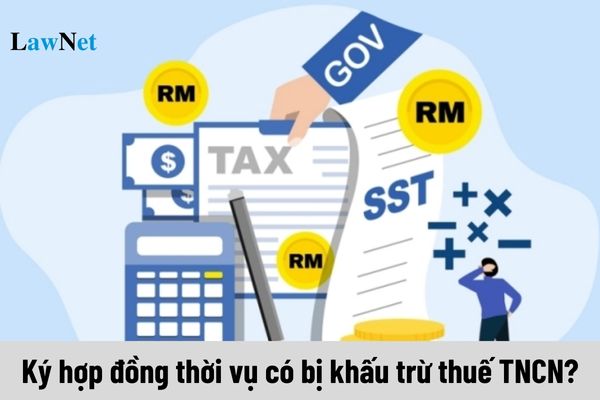
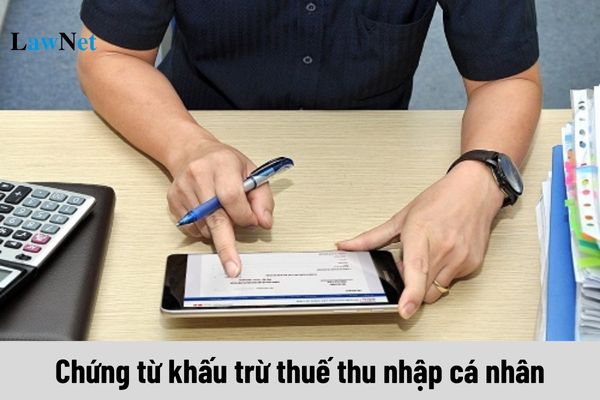
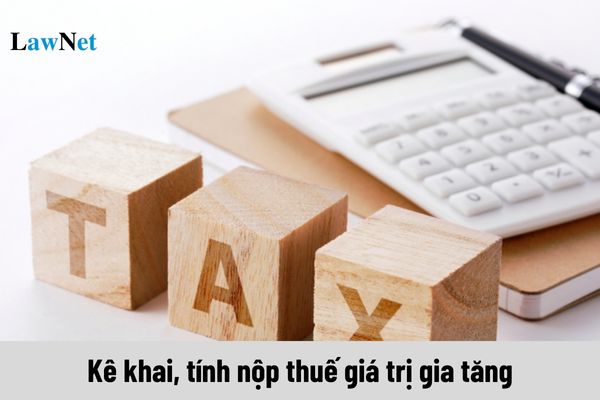

- What is the classification of digital certificates in taxation in Vietnam?
- What is the import and export tariff schedule of Vietnam in 2024? Which goods are subject to export duties?
- What is the Form for corporate income tax for real estate transfer in Vietnam according to Circular 80?
- Vietnam: What does the supplementary personal income tax declaration dossier include?
- What are the educational requirements for tax agent employees in Vietnam?
- Shall the tax for use of collateral pending settlement be declared quarterly or monthly in Vietnam?
- Which income of a Vietnamese non-resident is subject to personal income tax?
- What is the Form for declaring a 20% reduction in the VAT rate in Vietnam according to Decree 72?
- What are 3 types of tax explanation form for accountants in Vietnam? What is the penalty for late submission of VAT return in November 2024?
- Vietnam: Compilation of all Appendix 2 forms of Circular 80/2021/TT-BTC

